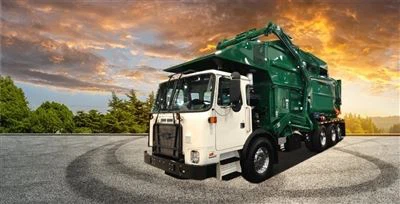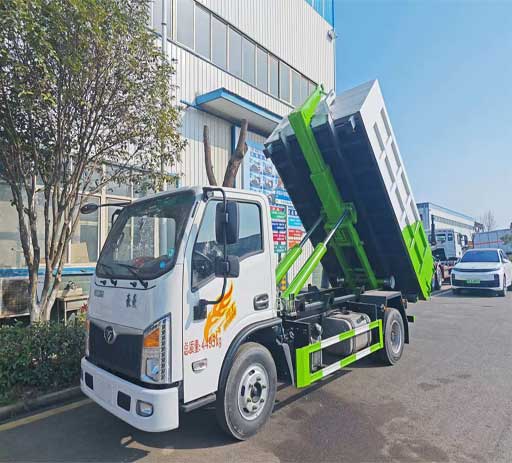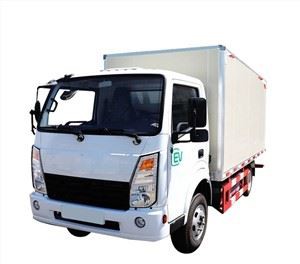Suction Trucks: Everything You Need to Know

Suction trucks are specialized vehicles designed for the powerful removal of liquids and solids from confined areas. These trucks have become essential in various industries, including waste management, construction, and environmental services. Whether you’re a contractor, facility manager, or simply curious about this vital equipment, this article will provide you with an in-depth understanding of suction trucks, their applications, and their operation.
Table of Contents
- What is a Suction Truck?
- How Do Suction Trucks Work?
- Types of Suction Trucks
- Applications of Suction Trucks
- Benefits of Using Suction Trucks
- Suction Truck Maintenance
- Suction Truck Safety Tips
- Cost of Suction Truck Service
- Frequently Asked Questions
What is a Suction Truck?
A suction truck, also known as a vacuum truck, is equipped with a vacuum pump and an onboard storage tank. The vehicle uses suction to remove substances such as sludge, sewage, liquid waste, and other materials that need to be transported or disposed of. Suction trucks come in various sizes and configurations, allowing them to adapt to different types of jobs and environments.
Key Components of a Suction Truck
- Tank: Holds the collected waste.
- Vacuum Pump: Generates the suction required to draw materials into the tank.
- Hose: Transfers waste from the source to the truck.
- Filters and Valves: Control the flow and ensure safe handling of materials.
- Chassis: The base vehicle, often a heavy-duty truck or trailer.
How Do Suction Trucks Work?
Suction trucks operate using a straightforward yet highly efficient process. The basic operation involves the vacuum system creating a pressure difference, which allows the suction to draw materials into the tank.

Step-by-Step Operation
- Preparation: The truck is parked near the worksite, and the necessary equipment is assembled.
- Connection: The operator attaches the suction hose to the source of waste.
- Vacuum Creation: The pump is activated, creating a vacuum that draws the material through the hose.
- Transport: The collected waste is contained in the tank for transportation.
- Disposal: Once at a designated disposal site, the operator releases the material from the tank.
Types of Suction Trucks
Suction trucks are categorized based on their design and purpose. Understanding these types can help you choose the right one for your needs.
1. Liquid Waste Vacuum Trucks
These trucks are designed primarily for liquid waste, such as sewage and wastewater. They are equipped with large tanks and powerful pumps for efficient collection.
2. Dry Bulk Vacuum Trucks
Specifically designed for dry materials, these trucks are often used for cleaning debris, dry spills, or transporting powder-like substances.
3. Combination Trucks

These multifunctional trucks can handle both liquid and dry materials. They are versatile and used in various industries, particularly in construction and dredging.
4. Hydro Excavation Trucks
These trucks use high-pressure water in combination with suction to excavate soil safely. They are commonly used for digging around utilities without damaging them.

Applications of Suction Trucks
Suction trucks serve a variety of sectors and applications. Here are some of the most common uses:
1. Wastewater Management
In municipal services, suction trucks are integral for collecting sewage and sludge from treatment plants and septic systems.
2. Industrial Cleaning
Manufacturing facilities often hire suction trucks for cleaning spills and removing unwanted materials from their premises.
3. Construction Sites
These trucks are used to manage waste materials and ensure clean sites by removing debris rapidly.
4. Hydro Excavation
Utility companies frequently use suction trucks for safely locating and exposing underground utilities during excavation work.
5. Environmental Remediation
Suction trucks play a vital role in environmental cleaning efforts, like oil spill clean-up or site remediation.
Benefits of Using Suction Trucks
Implementing suction trucks can improve efficiency and safety for waste management and cleaning operations. Here are some key benefits:
| Benefit | Description |
|---|---|
| Efficiency | Quickly collects large volumes of waste or debris. |
| Versatility | Can handle both liquid and solid materials depending on the model. |
| Safety | Reduces the risk of spills and accidents during waste removal. |
| Cost-Effective | Minimizes labor costs by performing multiple tasks in one operation. |
| Environmental Protection | Helps prevent environmental contamination by ensuring proper waste disposal. |
Suction Truck Maintenance
Proper maintenance of suction trucks is crucial for ensuring optimal performance and longevity. Here are some maintenance tips:
1. Regular Inspections
Inspect the vacuum pump, hoses, and tanks regularly to identify damages or leaks early.
2. Clean the Tank
After each use, clean out the tank to prevent residue build-up and odors.
3. Check Filters
Replace or clean filters regularly to maintain suction power and prevent system failures.
4. Monitor Fluid Levels
Check hydraulic and oil fluid levels to ensure all systems function properly.
Suction Truck Safety Tips
Operating a suction truck involves risks. Adhering to safety measures can prevent accidents and injuries:
1. Personal Protective Equipment (PPE)
Always wear appropriate PPE, including gloves, goggles, and hard hats.
2. Follow Operational Guidelines
Ensure all operators are trained and follow manufacturer guidelines for safe operation.
3. Avoid Overloading
Do not exceed the truck’s capacity to prevent accidents and equipment failure.
4. Secure the Area
Set up proper barriers and signage when working near traffic or pedestrian paths.
Cost of Suction Truck Service
The cost of suction truck services can vary significantly based on several factors. Here are some considerations:
| Factor | Description |
|---|---|
| Job Size | Cost increases with larger volumes of waste. |
| Type of Waste | Hazardous materials may incur additional handling and disposal fees. |
| Distance | Transport fees can apply based on the distance to the disposal site. |
| Duration | Longer and more complex jobs will typically increase labor costs. |
Frequently Asked Questions
1. What is the average capacity of a suction truck?
The average suction truck can hold between 1,000 to 5,000 gallons, but specialized trucks can exceed these capacities.
2. How often should suction trucks be serviced?
It’s recommended to perform preventive maintenance every 3 to 6 months, depending on the usage frequency.
3. Can suction trucks handle hazardous materials?
Yes, some suction trucks are designed and equipped to handle hazardous materials following strict regulations and safety protocols.
4. Is training necessary to operate a suction truck?
Yes, all operators should receive proper training to understand the equipment’s operation and safety measures.
5. How do I choose the right suction truck for my needs?
Consider the type of material being removed, volume, and specific job requirements when selecting a suction truck.
6. What should I do if my suction truck has a leak?
Stop operations immediately, consult a technician, and refrain from using the truck until repairs have been made to ensure safety.
